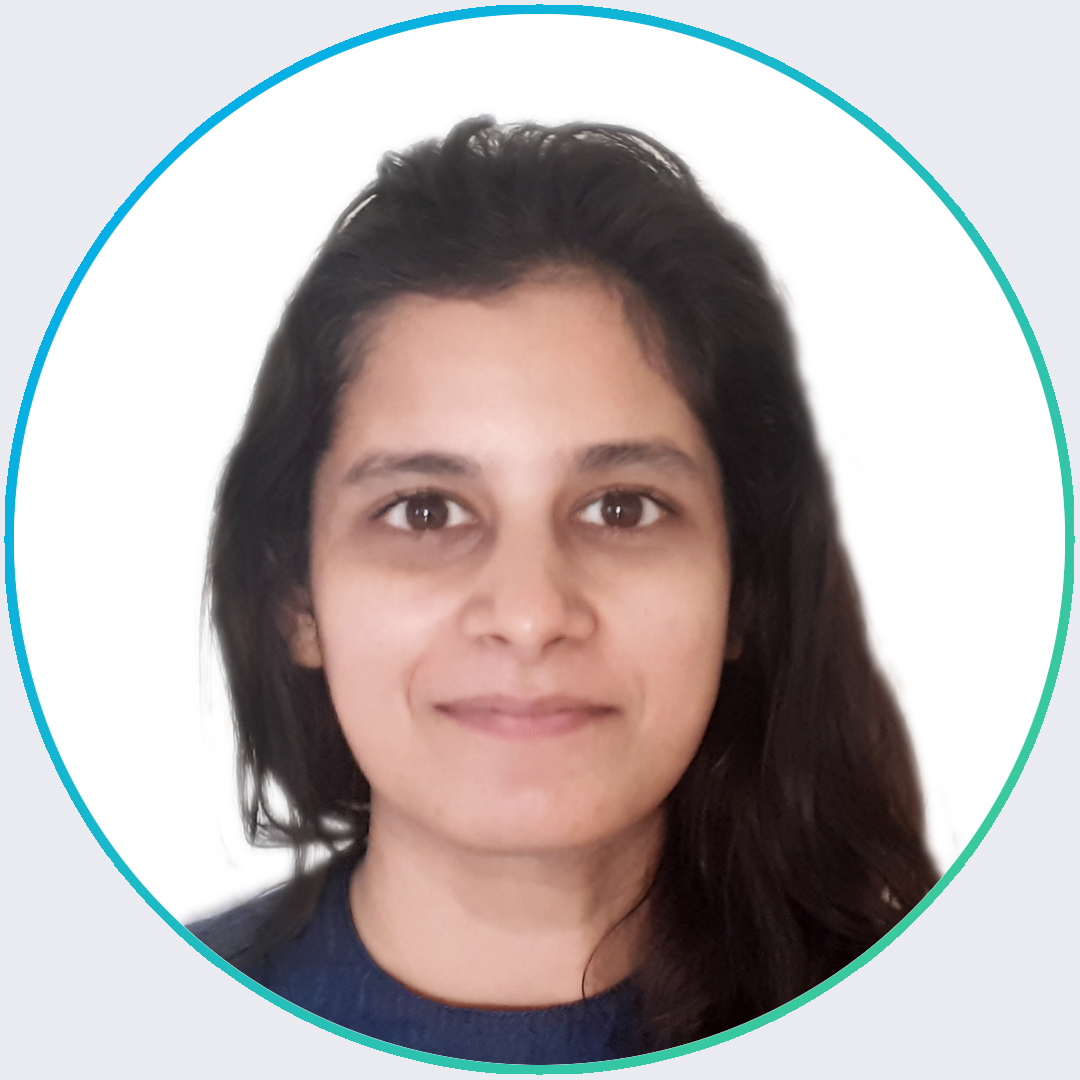
Image Credit: Unsplash
Adequate Oxygen, War Rooms, Makeshift Facilities: How Mumbai Effectively Tackles Second COVID Wave
Writer: Madhusree Goswami
A mountain girl trying to make it big in the city. She loves to travel and explore and hence keen on doing on-ground stories. Giving the crux of the matter through her editing skills is her way to pay back the journalism its due credit.
Maharashtra, 10 May 2021 5:23 AM GMT
Editor : Palak Agrawal |
Palak a journalism graduate believes in simplifying the complicated and writing about the extraordinary lives of ordinary people. She calls herself a " hodophile" or in layman words- a person who loves to travel.
Creatives : Madhusree Goswami
A mountain girl trying to make it big in the city. She loves to travel and explore and hence keen on doing on-ground stories. Giving the crux of the matter through her editing skills is her way to pay back the journalism its due credit.
Besides efficient oxygen management, the city imposed a timely lockdown, has been testing aggressively and following an effective triaging system.
Last year when the coronavirus struck India, it managed to bring almost all major cities, including Mumbai, to their knees. The healthcare system of the financial capital of the country was almost on the brink of collapse.
However, a year later, things have turned around for the city. The city's civic body, the Brihanmumbai Municipal Corporation (BMC), seems to have learned some lessons from the first time around. When the second wave of the virus struck the country, Maharashtra and especially Mumbai was on the receiving end of it. And while states like Delhi and Uttar Pradesh are still grappling with an oxygen crisis, Mumbai seems to be faring comparatively well, barring a few stressful days in April. The Mumbai model has drawn appreciation even from the Supreme Court.
So what has the city been doing right?
A substantial reduction in the number of cases can perhaps be attributed to a timely lockdown, aggressive testing, and an effective triaging system, according to The Indian Express. A glimpse at the figures has been enough to prove that Mumbai has been effective in handling the crisis. Since May 1, the city has been reporting less than 4,000 cases every day. It is faring better when compared with Bengaluru that has been reporting more than 15,000 cases on a daily basis, even though the city is under a partial lockdown. On April 4, Mumbai recorded a record 11,163 cases. On May 6, the caseload was down to just 3,056.
Suresh Kakani, the additional municipal commissioner, told India Today, "We learned during the first wave that oxygen supply is critical and that if it is not sustained, we will face supply issues. As a result, we prepared ourselves from the moment the first wave appeared." Also, the civic authority's decision to not dismantle the dedicated COVID-19 centres after the ebbing of the first wave last year proved to be useful.
Further, to manage the facilities better, BMC had categorised beds into active, buffer, and reserve. While facilities kept in buffer could be activated within two to three days, those in reserve could be made operational in a week. In February and March, when the number of cases started to rise, we managed to re-start the facilities in the minimum possible time, said Kakani.
War Rooms
But what perhaps has been most effective in proper management of the crisis is the BMC's ward-level war rooms set up for bed management in hospitals. It ensures that there is systematic allotment of beds sparing people the trouble of having to run from one hospital to another.
After the civic body receives a report from the labs, the concerned ward war room informs the patient. Depending upon symptoms, the person is either asked to undergo home quarantine or a team was sent to the home to take the patient to a quarantine centre or a hospital. The city is presently preparing to tackle the third wave.
Also Read: Mumbai Hospital Carries Out Deliveries Of 1,001 Covid Infected Moms Amid Pandemic
 All section
All section














